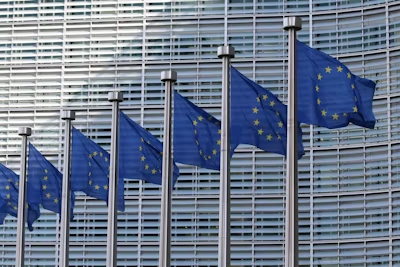
The European Commission has selected 85 innovative net-zero projects to receive €4.8 billion in grants from the Innovation Fund. This significant investment aims to accelerate the deployment of cutting-edge clean technologies across Europe.
For the first time, projects of various scales, from large-scale infrastructure to smaller-scale pilots, and with a focus on cleantech manufacturing, have been awarded funding under the 2023 call for proposals. This marks the largest funding round to date for the Innovation Fund, bringing the total amount of support to €12 billion.
The selected projects span 18 countries and cover a wide range of sectors, including energy-intensive industries, renewable energy, energy storage, industrial carbon management, net-zero mobility, and buildings. These projects are expected to enter into operation before 2030 and reduce emissions by approximately 476 million tonnes of CO2 equivalent over their first ten years of operation.
The EU’s Innovation Fund is a key tool in supporting the bloc’s ambitious climate goals. By investing in groundbreaking technologies, the EU aims to strengthen its industrial base, create jobs, and foster economic growth. The selected projects are expected to contribute to the following EU policy objectives:
The selected projects were evaluated based on their potential to reduce greenhouse gas emissions, degree of innovation, operational and financial maturity, replicability, and cost-efficiency.
Swanwick House, 22 Towcester Road, Old Stratford, Milton Keynes, MK19 6AQ, UK
© 2025 Project Management Global. All rights reserved | Privacy Policy